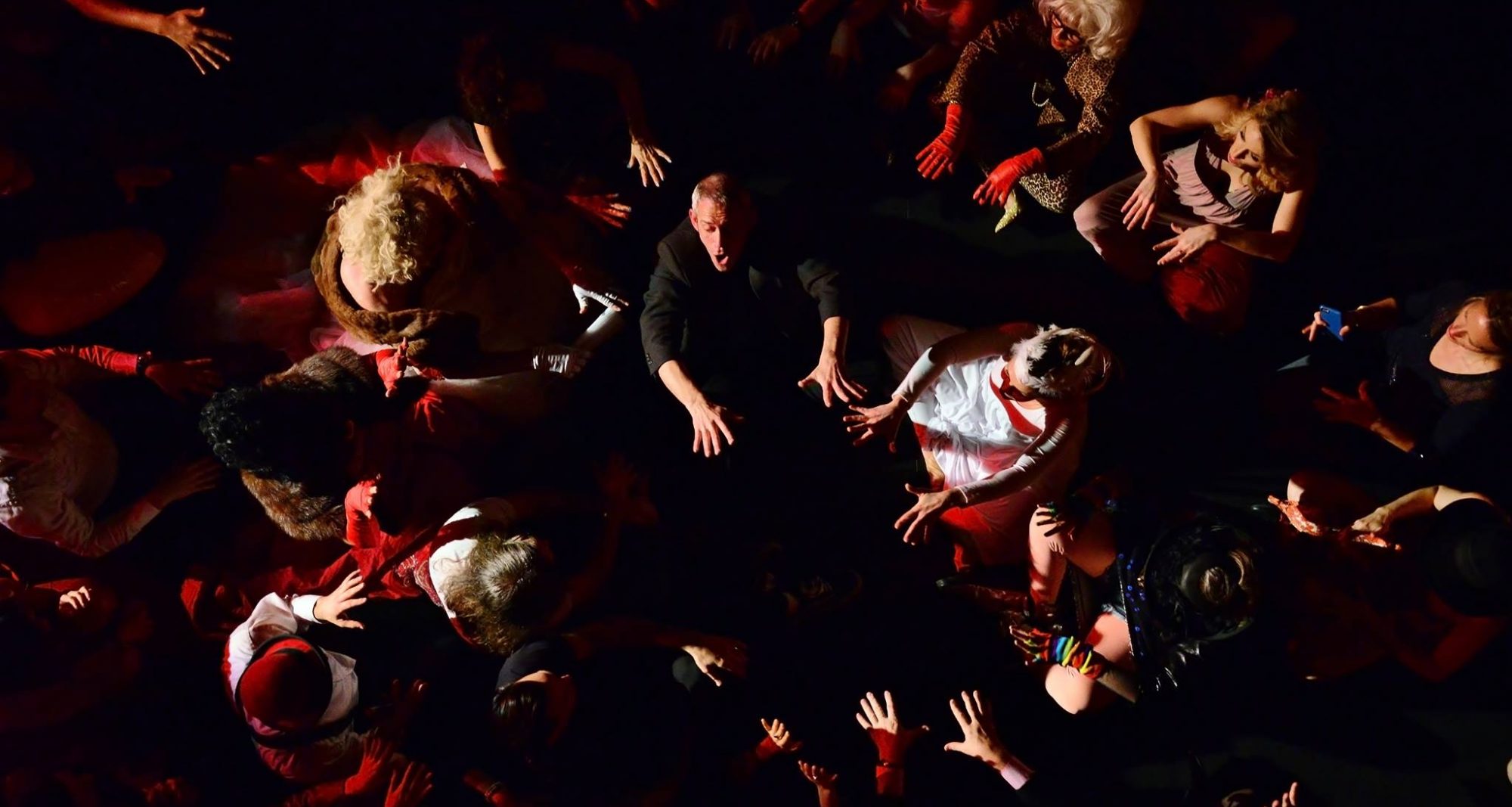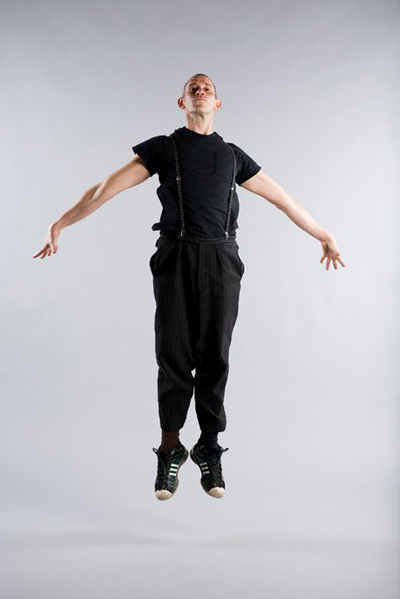Movement directors propose a physical language to performers and directors, and devise training methods or teach skills that will help facilitate a specific physical style. The Movement director may create, or research and pass on, embodied information about etiquette, ethnicities (proxemics, gestural language, social codes), a character’s condition (medical conditions, inebriation, pregnancy, historical facts), a character’s journey (for example ageing), specialist movement (for example period, dances, dexterity in falling and lifts, animal work, cross-gendered performance) or chorus work.
Examples of recent work in this field include the work of Andrew Sircus on the more recent Hobbit where he directed the motion capture for all of the different races of creatures making distinction and clear behaviors for each race of creature and being.
The MD is in the structure of the work to create a synergy of relationships. Is responsible for creating better relationships between the head of all departments and making sure that they converse as frequently as possible toward the best effect.
Also the second unit direction to be able to direct actors and movement for the action aspects of the camera as well as the intimate aspects of this type of character. How does the Vampire, or the half wolf or half cat or half whale creature. How would that character interface with the world. So many of these details have been left to the actor and rightfully so, the game is now how to bring the performance from the actor’s imagination into the world of the script and the character and the movement director is the role to build those bridges.
Example…
Ken came to me regarding Thor. He showed me the footage of Chris entering the rom and he said to me, “He looks like a Prince, how do we get him to look like a god. I worked with Chris for a day and there was a marked difference in his performance as we had worked on the mechanics of Thor’s connection to the environment, to his weapon, to his own awareness and by the end of the day there was a completely different motion in Chris’ performance…
He said this of me…
“I met him on ‘Star Trek,’” Hemsworth said of Pollack. “He was teaching all the people who were playing aliens how to move around. How do you get that job? He’s a fascinating guy. He’s got a circus background and acrobatics and he was a real help. He came in on this and he had read every ‘Thor’ comic book and he had a lot to show me about the hands and postures and these poses that evoke the comic book character and then how, as an actor, you could do some of those things to put it on the screen. He had this idea too of this electricity, this energy, that’s surrounding Thor. There’s an aura of thunder and lighting and energy around him, and if you start with that, then there’s a way you can move that kind of fits with that. And it affects the relation to everybody else, the way he interacts; if this exists and it extends to out here then you wouldn’t stand that close to a 9-foot monster. It was all very helpful to me.”

